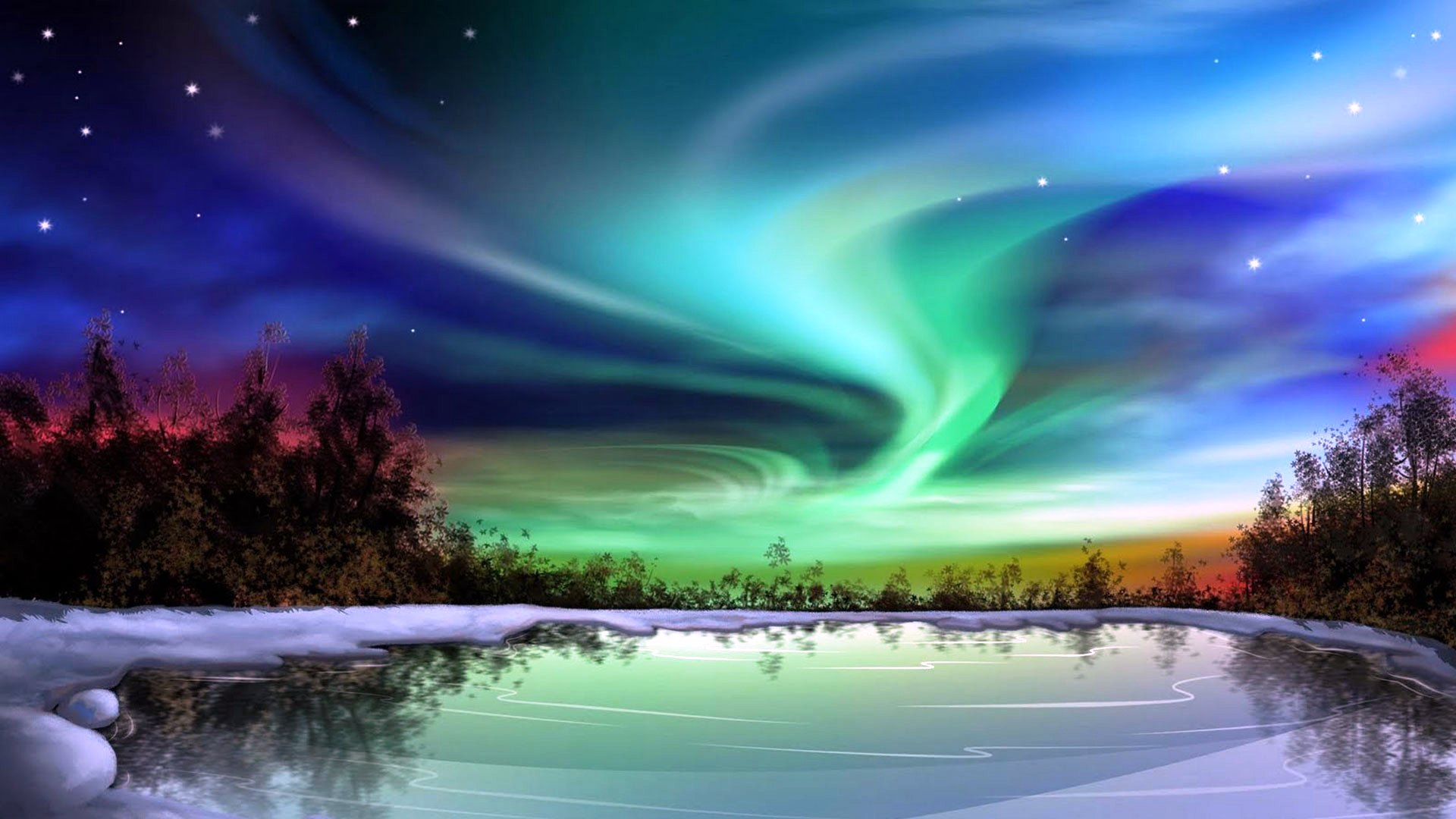

We recommend at least three layers for staying warm, yet maintaining functionality. You don’t want to have so many layers that you can’t move, so balance is essential. The key to dressing for a cold climate is layering. After all, you had to go inside because you were cold. You won’t want to miss the experience of seeing the northern lights. Perhaps one of the most important things, when you go aurora hunting, is to dress appropriately, and by appropriately we mean warm.
THE NORTHERN LIGHTS HOW TO
Read more about how to photograph the northern lights. They also organise courses in northern-light photography and very rarely give up before your dream has come true. All of them, and many more besides, can help you get your best shots of the Aurora Borealis. Peter Rosén and Chad and Linnea Blakely, both in Abisko, and Sámi photographers Ylva Sarri and Anette Niia, who work around Kiruna, just to mention a few. There are many talented guides and operators offering tours where you get to take photos of the northern lights. But remember, regardless of where you are in the region, a clear winter night gives you every reason to look towards the sky. Abisko has one of the lowest rainfall climates in the Nordic area, which means clearer nights for aurora spotting - sometimes more than two weeks of consecutive northern lights nights. In addition to its location within the Aurora Oval, Abisko is also usually in the so-called rain shadow. Abisko National Park in Swedish Lapland offers perhaps some of the best conditions in the world for anyone wishing to witness the northern lights. The best chances of witnessing the northern lights are when you find yourself north of the Arctic Circle, at high altitude, preferably in open space without any other sources of light. It is said that if you stay in Abisko for three days, you have an 88% chance of seeing the lights – as long as the sky is clear. While there is no guarantee that you will see the northern lights, your odds increase when you stay for a more extended period. Perhaps you have heard that odds to see them are better when it is cold? To back this theory is the fact that in clear whether it is usually colder since clouds to some extent have an insulating effect.įor those dreaming of a dramatic white, snowy background, with the northern lights dancing overhead, December and January might be the best time as the long nights add to the splendour of this experience. The sky has to be clear to witness the northern lights, even though intense auroras may be visible through thin clouds. Even though the light phenomenon occurs around the clock, it is only visible from Earth when the skies are dark and the ideal time of the day is between 9 pm and 2 am. The best time to see the northern lights in Swedish Lapland is between September and March – although we have seen them as early as late-August. When to see the northern lights in Swedish Lapland? Still, in some cases, they reach up to several hundred kilometres with gradually less intensity. The most intense northern lights appear at the height of around 100 km above the ground and are 10–30 kilometres tall. The variations in colours depending on the atoms’ type, speed and charge, and the distance you are watching. Mostly, here in the north of Sweden, the northern lights we see are bluish-green but sometimes also including veils of red or lilac. Two days after the solar wind has been flung into space, it will reach us and make the northern lights possible. The phenomenon is based on the same principles as a neon light. The northern lights appear when the particles collide with atoms in the upper atmosphere whereby the kinetic energy is transformed into visible light. When Earth’s magnetic fields attract the particles, they are drawn towards the poles at extremely high speed. The solar winds consist of charged particles thrown out into space from the sun.

A spectacular show of colours from neon green to lilac. One thing is for sure - it is a unique experience to witness, and a fabulous memory to bring back from Swedish Lapland. The celestial light phenomenon, the northern lights or Aurora Borealis, is described merely as the result of the interaction between the solar winds and Earth’s magnetic fields. The lights quickly shift from hesitant and hardly visible veils to sparkling cones, seemingly covering the entire heavens. It may be a myth, but many people claim to have also heard the northern lights at the point of its most intense.


 0 kommentar(er)
0 kommentar(er)
